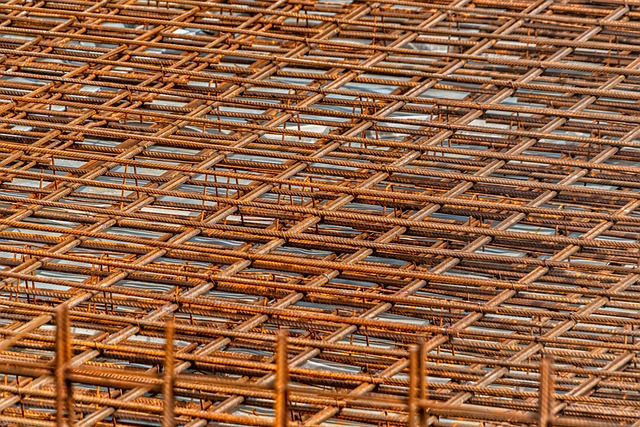Introduction: STEM Starts with Play
STEM – Science, Technology, Engineering, and Mathematics – isn't just for labs and textbooks; it's the foundation for understanding our world and shaping the future. The *best* way to introduce these powerful concepts to young minds? Through play! Play makes learning exciting and naturally builds creativity, critical thinking, and collaboration – skills vital for success in any field. This guide provides easy, engaging activities to weave STEM exploration into everyday fun.
Building Foundations with Science

Simple science experiments using everyday items can transform your kitchen into a mini-lab, sparking a lifelong fascination with discovery. Explore core concepts like chemical reactions, density, and buoyancy in ways they can see and touch.
- Baking Soda Volcano: Mix baking soda and vinegar for a classic, safe eruption demonstrating chemical change. Ask: 'What do you see? Hear? Smell?'
- Sink or Float: Gather various small, waterproof objects. Have your child predict whether each will sink or float before testing in a basin of water. Discuss possible reasons based on material or shape.
- Rainbow Density Tower: Carefully layer liquids like honey, dish soap, water (colored), vegetable oil, and rubbing alcohol in a clear glass to create a colorful density column. This requires patience and illustrates that different liquids have different weights for the same volume.
Technology Exploration: Beyond the Screen
Technology is more than gadgets; it's about understanding tools, systems, and how things work. Encourage curiosity with safe, hands-on exploration.
- Take Apart Old Electronics: (Strict adult supervision required!) Carefully disassemble broken, *unplugged* electronics (like an old remote control, computer mouse, or non-working toy) to see the components inside. Discuss what each part might do (buttons, wires, circuit boards).
- Coding with Blocks: Introduce foundational coding logic with free visual tools like ScratchJr (ages 5-7) or Scratch (ages 8+). Children snap together blocks to make characters move, jump, dance, and sing, learning sequencing and problem-solving without complex syntax.
- Simple Circuits: Use a safe, low-voltage kit (battery holder, wires, switch, small bulb) to build a basic circuit. This tangibly demonstrates how electricity needs a complete path to flow and make something work.
Engineering Adventures: Design and Build
Engineering turns ideas into reality through designing, building, and testing. Challenge your child to create solutions to simple problems, learning resilience when things don't work the first time.
- Tower Challenge: Use LEGOs, wooden blocks, playing cards, or even spaghetti and marshmallows. Who can build the tallest free-standing tower? Ask: 'How can we make the base stronger? What shapes seem stable?'
- Paper Airplane Trials: Fold different paper airplane designs. Measure whose flies the farthest or stays aloft the longest. Discuss how wing shape, folds, and weight might affect lift and drag.
- Bridge Building: Use craft sticks, straws, tape, and string to build a bridge spanning two books or chairs. Test its strength by adding small weights (like coins or toy cars) one by one. Explore different structures like beam or truss designs.
Making Math Meaningful: Games and Everyday Fun
Math isn't just numbers on a page! Make it tangible and enjoyable with games, puzzles, and everyday activities that build understanding of patterns, measurement, shapes, and logic.
- Game On!: Play board games that involve counting spaces (Chutes and Ladders), strategy (Checkers, Chess), managing resources (Monopoly), or probability (Yahtzee). Card games also reinforce number sense.
- Kitchen Calculations: Baking and cooking involve measuring ingredients (cups, teaspoons), timing (minutes), and fractions (half cup). Let kids help measure!
- Shape Hunt: Go on a shape hunt indoors or outdoors! Find circles (clocks, wheels), squares (tiles, windows), triangles (roof peaks, hangers), and 3D shapes like spheres (balls) and cubes (dice, boxes).
Nurturing a STEM Mindset
Beyond specific activities, the goal is to cultivate a curious, resilient, and problem-solving mindset. Encourage questions like 'Why?' and 'How does that work?'. Frame failed attempts not as setbacks, but as valuable information ('Interesting! That approach didn't work. What could we try differently?'). Celebrate effort, persistence, and the learning process itself. Model your own enthusiasm by exploring nature together, visiting science centers or museums, and watching age-appropriate science documentaries.
Resources for Further Exploration
Continue the STEM journey with these helpful online resources: